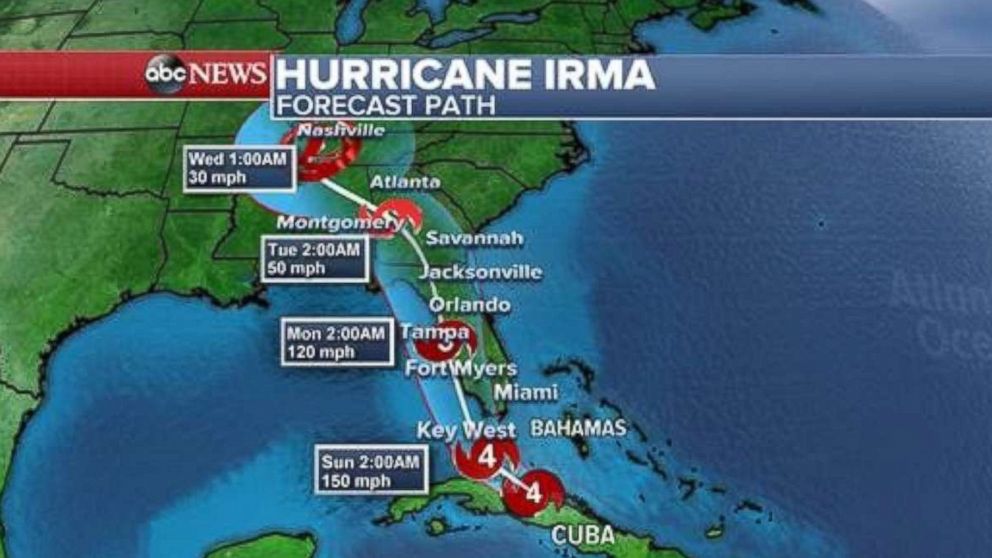
Call 911 to help yourself or another person in danger. Stay away from the area until the authorities clear it as safe. Additionally, do the following to stay safe: If your local authority advises evacuation, make sure to take your “go bag” and leave immediately. It’s recommended to have an out-of-state emergency contact, as well as up-to-date contact information for work, school, doctors, non-emergency police, family members and doctors.įEMA recommends you follow instructions by local authorities, in case of a hurricane. Use a waterproof container to store all financial documents, insurance cards, medical records, passports, birth certificates and other legal documents. You may want to get an NOAA Weather Radio. Sign up for texts, calls and emails to warn you about a hurricane. Sign up for local alerts and warnings. If you can’t carry an item inside, secure these items with an anchor. Secure lightweight outdoor objects, such as patio furniture and planters. Reinforce and secure your walls, doors, roof and windows. Have a “go bag” with medication and clothes, stock emergency supplies, such as a first aid kit and flashlights, secure a place to stay and research your local evacuation routes. Here are FEMA’s hurricane season preparation recommendations. Hurricane preparedness can safeguard your family and property. A Category 3 or higher can have catastrophic property damage and power outages, forcing people out of their homes for days to several months. A major hurricane is considered to be a Category 3, 4 or 5, with a wind range of 111 mph to 157 mph, and beyond. This scale only takes wind speed into account, it does not factor in rainfall, storm surges and tornadoes. Major hurricanes are defined by the Saffir-Simpson scale. However, this period can begin earlier and run later. The official hurricane season is June 1 to Nov. HURRICANE TRACK PREDICTIONS UPDATE
The NOAA bases its hurricane season forecast on a 30-year average, from 1992 to 2021, with an update to its prediction model every ten years. The National Oceanic Atmospheric Association (NOAA) releases its hurricane predictions in late May. NOAA Will Issue Hurricane Prediction as Season Draws Near This year’s hurricane season is exhibiting characteristics similar to 1969, 2002, 2004, 2006, 2009, 2012, 20, says Phil Klotzbach, research scientist in the Department of Atmospheric Science and lead author of the report.ĬSU will issue hurricane forecast updates on June 1, July 6 and Aug. Last year’s hurricane season saw about 75% of the average season.

The 2023 hurricane season’s activity will be about 80% of the average season from 1991 to 2020, according to CSU. The team stresses there is more uncertainty than normal with this year’s prediction. El Niño can increase upper-level westerly winds across the Caribbean into the tropical Atlantic and tear apart hurricanes as they try to form.īut the CSU team says there are conflicting signals between an abnormally warm tropical and subtropical Atlantic and a potentially robust El Niño.

The CSU team cites El Niño as a primary factor for the slightly below average 2023 Atlantic hurricane season.
 Vertical wind shear levels (change in speed and direction of winds with height in the atmosphere). The university team projected six hurricanes, two of which are predicted to be major hurricanes.ĬSU bases its hurricane season prediction on four models that use 25 to 40 years of historical hurricane seasons and evaluate conditions that include: After a 2022 “near normal” Atlantic hurricane season, Colorado State University (CSU) predicts that the 2023 Atlantic hurricane season will be “slightly below average” with 13 named storms and major hurricanes making landfall.
Vertical wind shear levels (change in speed and direction of winds with height in the atmosphere). The university team projected six hurricanes, two of which are predicted to be major hurricanes.ĬSU bases its hurricane season prediction on four models that use 25 to 40 years of historical hurricane seasons and evaluate conditions that include: After a 2022 “near normal” Atlantic hurricane season, Colorado State University (CSU) predicts that the 2023 Atlantic hurricane season will be “slightly below average” with 13 named storms and major hurricanes making landfall.






 0 kommentar(er)
0 kommentar(er)
